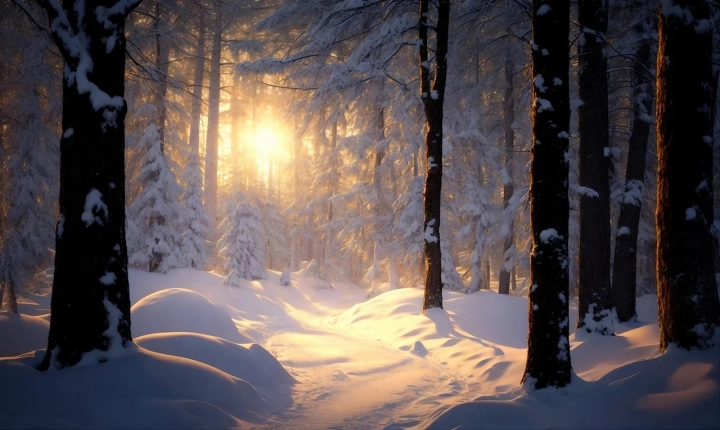Artificial intelligence (AI) is revolutionizing the world of art in ways that were previously unimaginable. From creating original works of art to enhancing the creative process for human artists, AI is changing the art industry in profound ways. This article will explore the ways in which AI is transforming the art world and the implications of these changes for artists and art lovers alike.
One of the most exciting developments in the intersection of AI and art is the ability of AI algorithms to create original works of art. Artists and programmers have been working together to develop AI systems that can generate paintings, music, and even poetry. These AI-generated works are often indistinguishable from those created by human artists, challenging our traditional notions of creativity and authorship. This has sparked a debate about the role of the artist in the age of AI, and whether AI-generated art can be considered truly creative or original.
In addition to creating new works of art, AI is also being used to enhance the creative process for human artists. For example, AI systems can analyze large amounts of data to identify trends and patterns in art, which can then be used to inspire new artistic ideas. AI can also assist artists in generating digital mock-ups, refining compositions, and even suggesting color schemes. This has the potential to streamline and enhance the creative process, allowing artists to explore new ideas and push the boundaries of their work.
Furthermore, AI is revolutionizing the way art is experienced by audiences. AI-powered technologies are being used to create immersive and interactive art installations, allowing viewers to engage with artwork in new and innovative ways. For example, AI can be used to create dynamic and responsive installations that change in real-time based on the movements and interactions of viewers. This has the potential to make art more accessible and engaging for a wider audience, as well as to challenge traditional notions of the passive viewer-artist relationship.
However, the rise of AI in the art world also raises important questions and concerns. For one, there are ethical and legal implications surrounding the use of AI to create and distribute art. Questions about copyright, ownership, and authenticity are becoming increasingly complex in the age of AI-generated art. Additionally, there are concerns about the potential impact of AI on the job market for human artists, as AI systems become increasingly capable of replicating and even surpassing the creative abilities of human artists.
Overall, the integration of AI into the art world is undeniable. Whether it’s through the creation of original works of art, the enhancement of the creative process, or the transformation of the art-viewer experience, AI is changing the way we think about and engage with art. As we continue to explore the possibilities of AI in the art world, it is important to consider the ethical, legal, and societal implications of these changes. AI has the potential to democratize and expand the world of art, but it also raises important questions about the nature of creativity and the role of the artist in an increasingly automated world. It will be fascinating to see how the relationship between AI and art continues to evolve in the coming years.
In conclusion, AI’s impact on the art world is profound and multifaceted. As AI technology continues to advance, it will be exciting to see how it continues to shape and transform the art world in the years to come.
